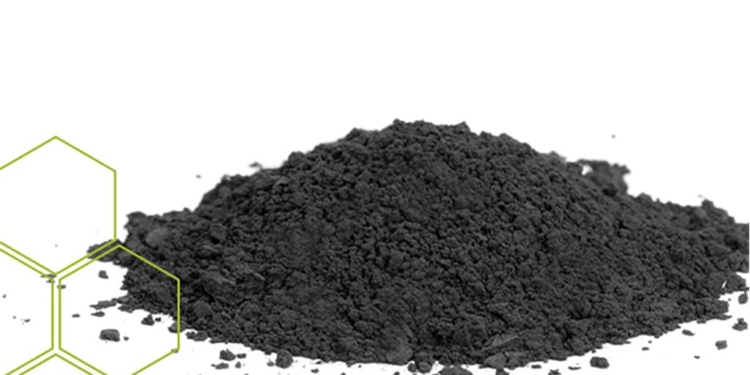Source: Small Caps news
First Graphene has inked an exclusive agreement with the UK’s University of Manchester, with the duo to collaborate on the development of energy storage materials including a new class of high-performance capacitors made from a graphene-hybrid.
In June 2018, First Graphene and Manchester University’s Graphene Engineering and Innovation Centre first teamed up to accelerate the development of graphene technology and the commercial of adoption of First Graphene’s products. This latest agreement expands on the duo’s collaboration, with both organisations to make metal oxide decorated graphene materials, which have very high gravimetric capacitance of up to 500 Farads/g.
Manchester University’s previous research has revealed high capacitance materials up to 500 Farads/g are possible and outperform existing materials. The manufacturing process that will be used builds on First Graphene’s process at its 100 tonne per annum plant at Henderson in Western Australia. Using First Graphene’s expertise in electrochemical materials processing, the high gravimetric capacitance materials will be manufactured at scale.
Once the study has been successfully completed, First Graphene plans to build a kilogram pilot scale capability in its laboratories, with Manchester University’s Graphene Engineering Innovation Centre to introduce the materials to super capacitor device manufacturers. Commenting on the agreement with Manchester University, First Graphene managing director Craig McGuckin said it was another strategic step in the company’s growth strategy.
“While we have rightly focused on delivering short term revenue for our shareholders, we are also delivering long term growth opportunities through investment in emerging markets – in this case, energy storage materials,” he said.
Super capacitor market
The UK Government is funding the initial research program, with First Graphene claiming super capacitors offer higher power density energy storage, with the possibility of multiple charge and discharge cycles and short charging times.
It is estimated the super capacitor market is growing at 20% per annum and will be worth about $3.1 billion by 2022.
Similar to batteries, the super capacitor market is limited by the supply of appropriated high-performing materials including microporous carbon nanomaterials with typical gravimetric capacitance between 50-150 Farads/g.
Graphene at Manchester chief executive officer James Baker said the organisation was “really pleased” to expand its relationship with First Graphene.
“The university’s Graphene Engineering Innovation Centre is playing a key role in supporting the acceleration of graphene products and applications through the development of a critical supply chain of material supply and in the development of applications for industry.”
“This latest announcement marks a significant step in our Graphene City developments, which looks to create a unique innovation ecosystem here in the Manchester city region – the home of graphene,” he added.
featured image source: First Graphene































